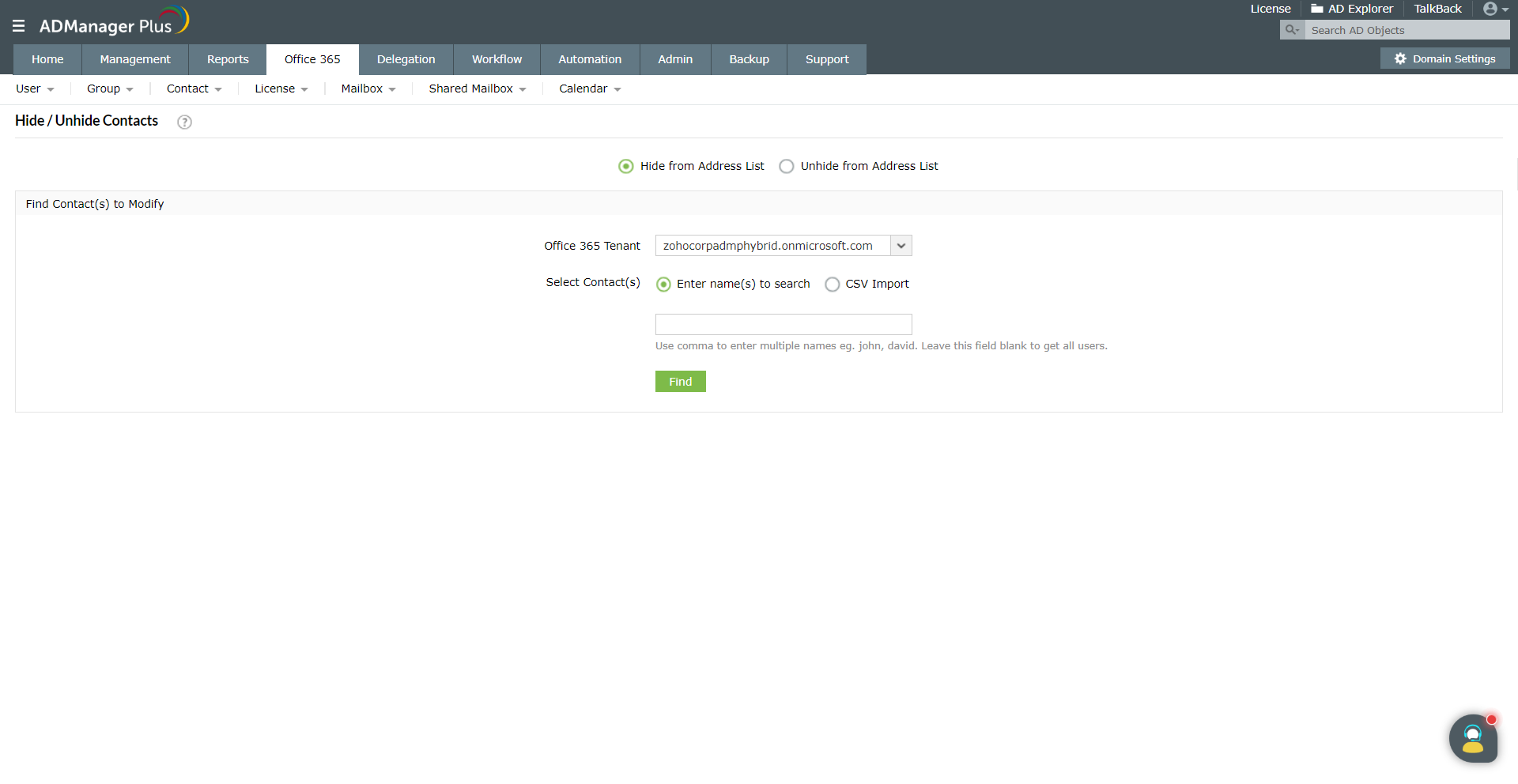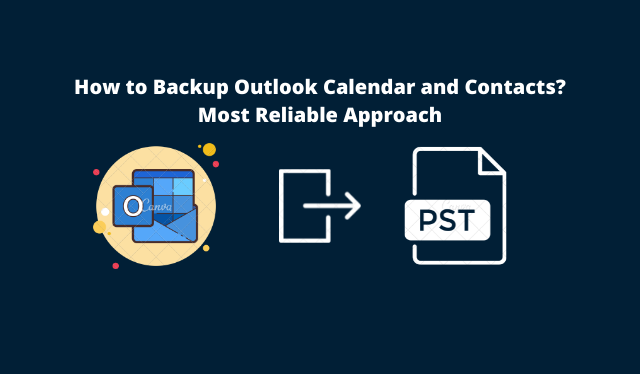

- Backup office 365 contacts how to#
- Backup office 365 contacts archive#
- Backup office 365 contacts software#

Plan your setup of Microsoft 365 for business (article) Read Ways to migrate multiple email accounts to Microsoft 365 to decide which method works for you. Multiple mailboxes: Admins can bulk import email, contacts, and calendars to Microsoft 365ĭepending on your source email system, you can choose from several bulk migration methods. Need more detailed steps? See Add an account. Open Outlook, then go to File > Add account.Outlook (desktop)Īdd an account, such as your private Gmail account, to Outlook. You can set up Outlook or Outlook Web App so you can access your other accounts from the same place as your Microsoft 365 mailbox and send, receive, and read email sent to those accounts. Just want to see your email from another provider (like Gmail, Yahoo, or ) in Outlook? No need to import or migrate. To start the process, open Outlook and choose File > Open & Export > Import/Export. If you just want contacts, follow these steps: pst file, and then import that file to Outlook with Microsoft 365:
Backup office 365 contacts how to#
This topic discusses the steps you should take and how to secure your data after an employee leaves your organization.Import Outlook pst files to Microsoft 365 (desktop)įollow these steps to export email, contacts and calendars from Outlook to a. Offboard a user from Microsoft 365 or Office 365įor more info what to do when a user in your organization leaves, check out Remove a former employee. To learn how to restore deleted items in Outlook on the web (formerly known as Outlook Web App), see Recover deleted items or email in Outlook on the web. To learn how to restore deleted items in Outlook, see Recover deleted items in Outlook for Windows. The default retention time is 30 days this means that you can renew or backup your data into PST before the data is entirely removed from Microsoft 365 or Office 365. When Can I Restore Outlook data on a Microsoft 365 or Office 365 account without a license?Īfter the expiration or removal of a Microsoft 365 or Office 365 license, your data is not instantly removed. To learn how the service is protected using Data Resiliency, see Exchange Online Data Resiliency in Office 365.

Backup office 365 contacts archive#
Using Outlook to backup data into PST files isn't recommended due to the loss of discoverability and control of the content.įor more information about Exchange Online Archiving, see:Įnable archive mailboxes in the Microsoft 365 security and compliance centersįor more information about the licensing requirements for Exchange Online Archiving, see the Exchange Online Archiving service description. However, if you need to provide additional storage for user emails, the best way is to use Exchange Online Archiving. That is, there is no way to restore a mailbox to the state the mailbox was in when the backup was taken. High availability and business continuityĮxchange Online does not provide a way to perform a traditional backup of mailboxes.For more information about additional options, see the following topics: Exchange Online offers great retention and recovery support for your organization's email infrastructure, and your mailbox data is available when you need it, no matter what happens. Point in time restoration of mailbox items is out of scope for the Exchange Online service, though there might be third-party solutions available that provide this functionality. Further, the resultant file can be imported into supported email clients like Outlook 2019. It easily export data from O365 mailboxes to Outlook PST & EML file format.
Backup office 365 contacts software#
If one fails, the affected data are transferred to another data center with limited service interruption, and users experience seamless connectivity. Quick & Easy Office 365 Mailbox Backup The software allows users to backup Office 365 emails, calendar and contacts on Windows platform. In addition to having multiple copies of each mailbox database, the different datacenters enforce the data using replication (data resiliency). For example, Exchange Online uses the Exchange Server feature known as Database Availability Groups (DAGs) to replicate Exchange Online mailboxes to multiple databases in separate Microsoft datacenters.Īs a result, you can readily access up-to-date mailbox data in the event of a failure that affects one of the database copies. To ensure that your data is always available and that services continue, even when unexpected events occur, Exchange Online uses the same technologies found in Exchange Server. Lots of things can disrupt service availability, such as hardware failure, natural disasters, or human error. How does Exchange Online protect mailbox data? Alternatively, you may be wondering how to recover your data if it gets accidentally deleted. One of the questions we often hear is "How does Exchange Online back up my data?" You may be asking this because you're concerned about how to recover your data if there is a failure.


 0 kommentar(er)
0 kommentar(er)
